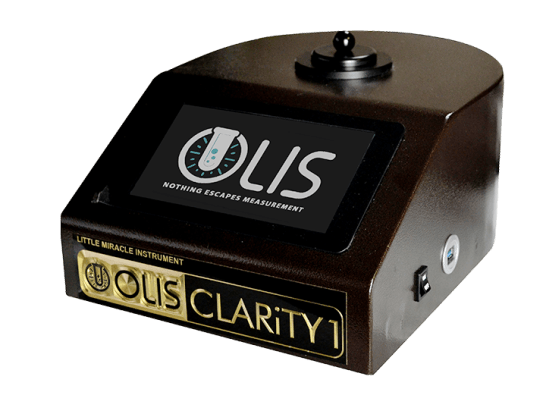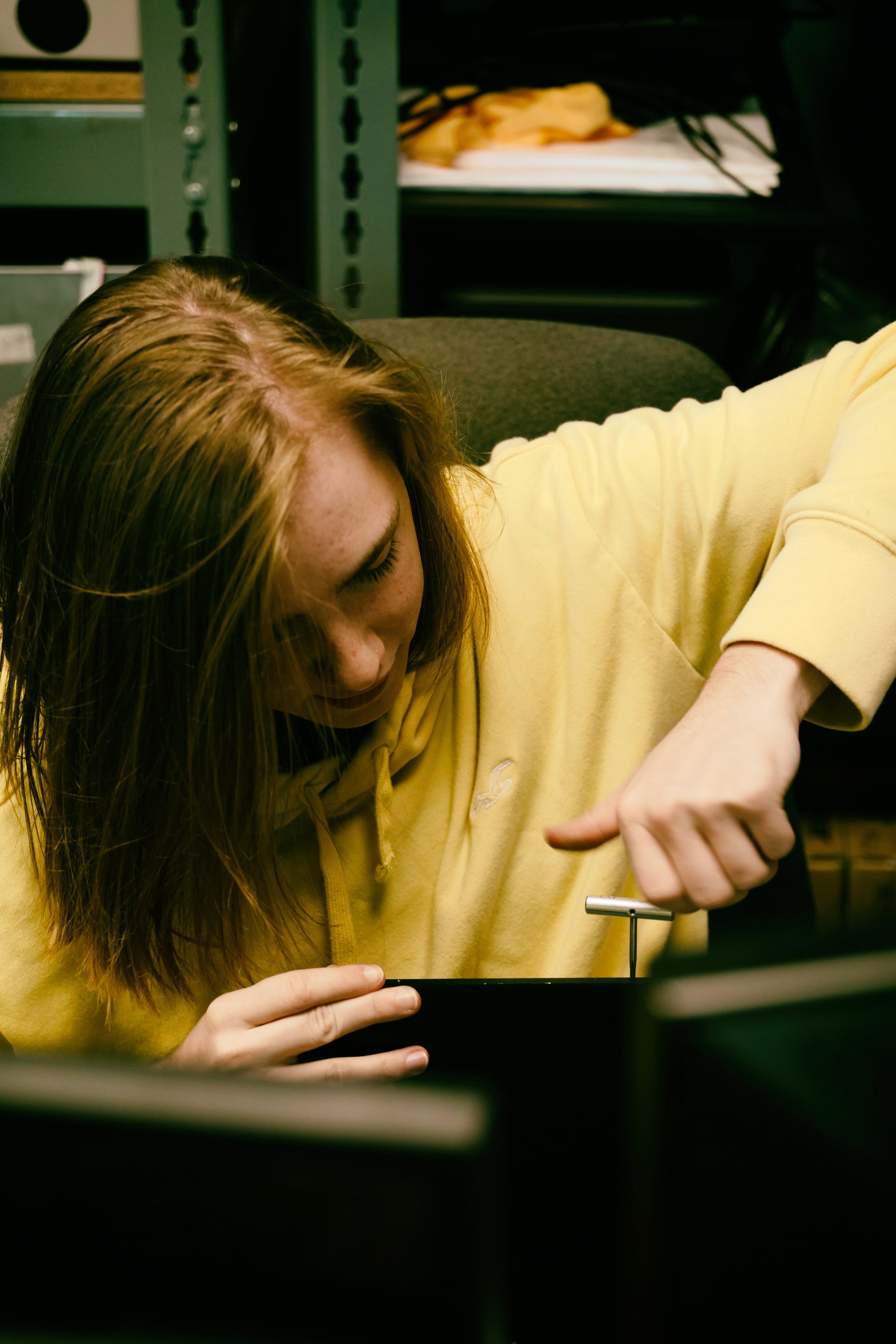A Biased View of Spectrophotometers
A Biased View of Spectrophotometers
Blog Article
Some Ideas on Circular Dichroism You Should Know
Table of ContentsSome Known Factual Statements About Uv/vis Getting My Spectrophotometers To WorkRumored Buzz on Uv/vis/nirNot known Facts About Uv/visUv/vis for Dummies

Spectrophotometry is a tool that hinges on the quantitative analysis of particles depending on how much light is taken in by colored substances.
Rumored Buzz on Spectrophotometers
A spectrophotometer is frequently used for the measurement of transmittance or reflectance of services, transparent or nontransparent solids, such as sleek glass, or gases. Many biochemicals are colored, as in, they take in visible light and for that reason can be determined by colorimetric procedures, even colorless biochemicals can often be converted to colored compounds ideal for chromogenic color-forming reactions to yield substances appropriate for colorimetric analysis.: 65 Nevertheless, they can likewise be developed to determine the diffusivity on any of the listed light varieties that usually cover around 2002500 nm utilizing various controls and calibrations.
An example of an experiment in which spectrophotometry is utilized is the decision of the balance constant of a solution. A particular chemical response within a solution may occur in a forward and reverse direction, where reactants form products and items break down into reactants. Eventually, this chemical reaction will reach a point of balance called a balance point.
The Best Guide To Circularly Polarized Luminescence
The quantity of light that travels through the option is a sign of the concentration of particular chemicals that do not enable light to pass through. The absorption of light is due to the interaction of light with the electronic and vibrational modes of molecules. Each kind of molecule has a private set of energy levels associated with the makeup of its chemical bonds and nuclei and therefore will take in light of particular wavelengths, or energies, leading to distinct spectral properties.
They are widely utilized in many industries consisting of semiconductors, laser and optical production, printing and forensic examination, as well as in laboratories for the research study of chemical substances. Spectrophotometry is often utilized in measurements of enzyme activities, decisions of protein concentrations, determinations of enzymatic kinetic constants, and measurements of ligand binding reactions.: 65 Eventually, a spectrophotometer is able to identify, depending on the control or calibration, what substances are present in a target and exactly how much through computations of observed wavelengths.
Created by Arnold O. Beckman in 1940 [], the spectrophotometer was developed with the aid of his associates at his business National Technical Laboratories founded in 1935 which would end up being Beckman Instrument Company and ultimately Beckman Coulter. This would come as a service to the previously produced spectrophotometers which were not able to take in the ultraviolet properly.
Some Known Factual Statements About Uv/vis
It would be found that this did not give satisfactory outcomes, therefore in Model B, there was a shift from a more helpful hints glass to a quartz prism which enabled for better absorbance results - spectrophotometers (https://www.cybo.com/US-biz/on-line-instrument-systems-olis-inc). From there, Design C was born with an adjustment to the wavelength resolution which ended up having 3 systems of it produced
It irradiates the sample with polychromatic light which the sample takes in depending on its properties. Then it is transmitted back by grating the photodiode variety which discovers the wavelength region of the spectrum. Considering that then, the creation and execution of spectrophotometry devices has actually increased tremendously and has become one of the most innovative instruments of our time.

Little Known Questions About Spectrophotometers.
The grating can either be movable or fixed.
In such systems, the grating is repaired and the intensity of each wavelength of light is measured by a various detector in the selection. Furthermore, most contemporary mid-infrared spectrophotometers use a Fourier change technique to obtain the spectral details - http://www.cartapacio.edu.ar/ojs/index.php/iyd/comment/view/1414/0/30215. This method is called Fourier transform infrared spectroscopy. When making transmission measurements, the spectrophotometer quantitatively compares the fraction of light that goes through a referral solution and a test service, then electronically compares the intensities of the two signals and computes the portion of transmission of the sample compared to the referral standard.

Report this page